While house plants provide a splash of greenery to your interior, another unique way to bring your living spaces to life is by creating an indoor aviary. Many homeowners are known to opt for regular cages that are usually too small for most types of birds. Aviaries, however, provide ample space for them to fly around in. Besides the benefits an aviary provides to the flying fauna, it can also be a perfect conversation starter and even an aesthetic feature if nicely built. Moreover, nothing can lift your mood more than the sight of birds interacting with one another and simply existing. If you’re interested in aviculture and have a couple of days to spare, building your very own aviary can be the ideal DIY project.
Building the Aviary
Aviaries are undeniably better than store-bought cages as they significantly improve a bird’s quality of life. With a bit of effort, planning, and extra space to spare, you can build your very own aviary.
Note: Another way to set up an aviary is by allocating an entire small room for it. Although a dedicated aviary room has its advantages, it may not be possible for everyone.
Making Room for the Aviary
First, you’ll need to decide on a suitable location for your aviary. Essentially, it needs to be somewhere with adequate natural lighting yet protected from outdoor elements. A sunroom, for instance, can be an ideal space for an aviary. The area will also need to be relatively calm. Constant noise is known to stress out the winged companions.
Once you’ve allocated a spot for the aviary, remove any furniture from that area. Bear in mind that you will be seeing a good deal of food and other debris on the floor in and around the aviary. Covering the ground with linoleum will make cleaning considerably easier.
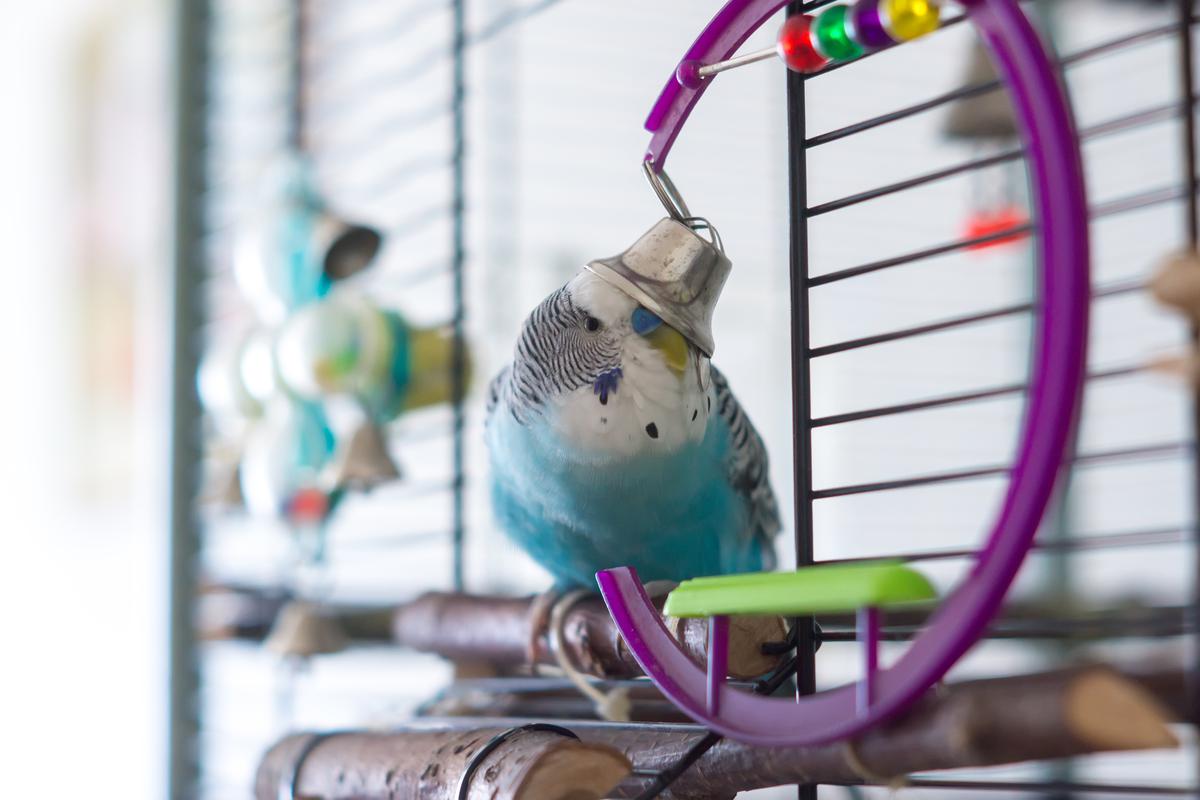
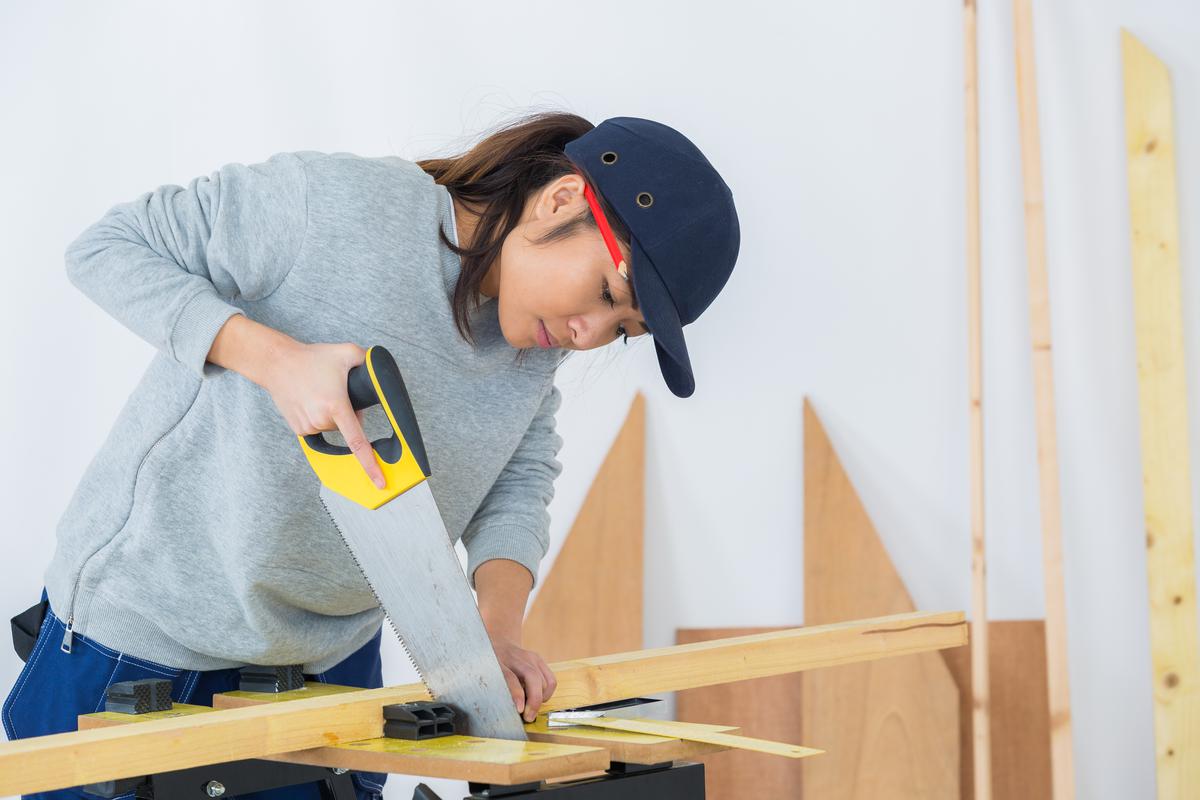
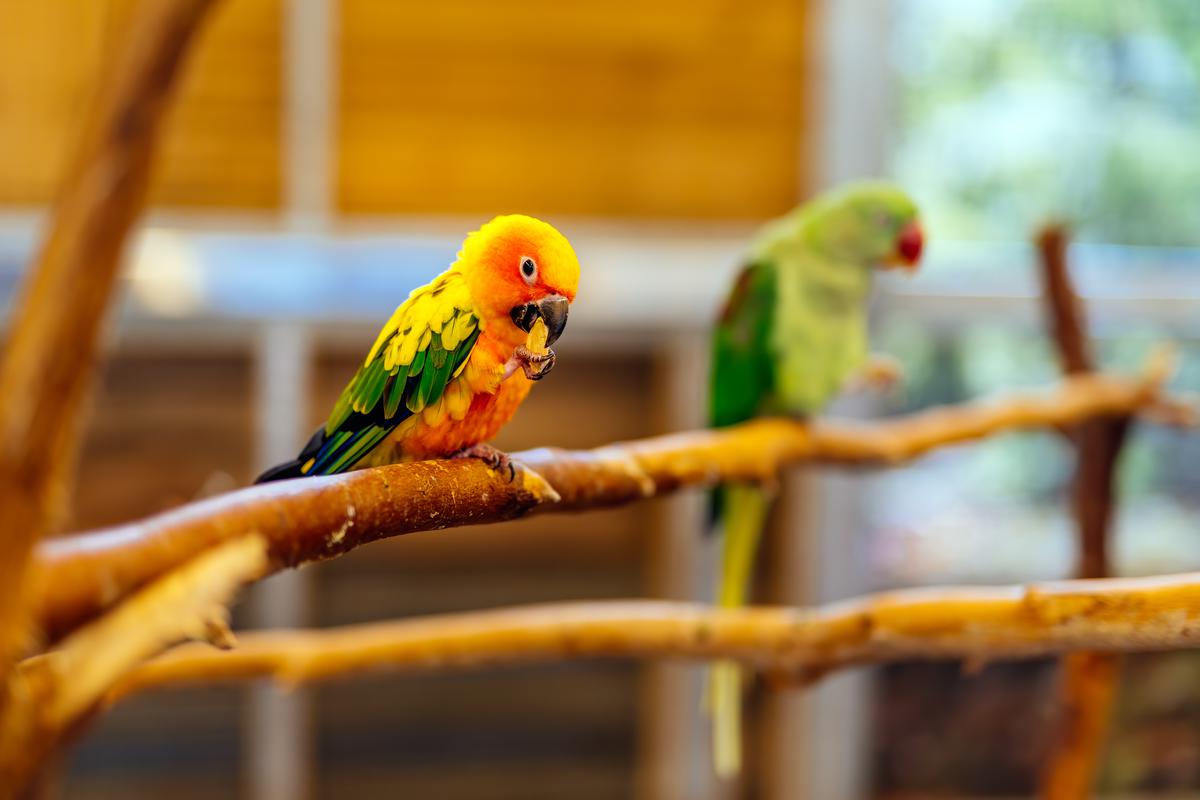
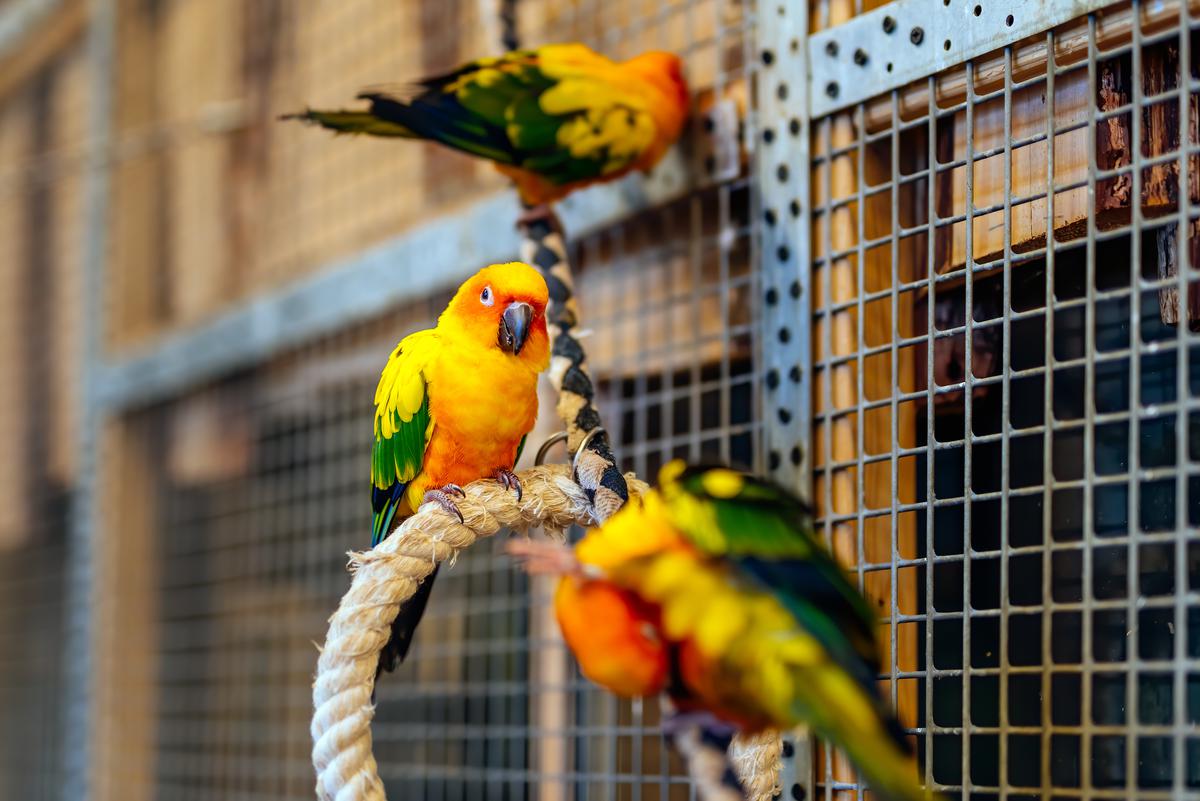
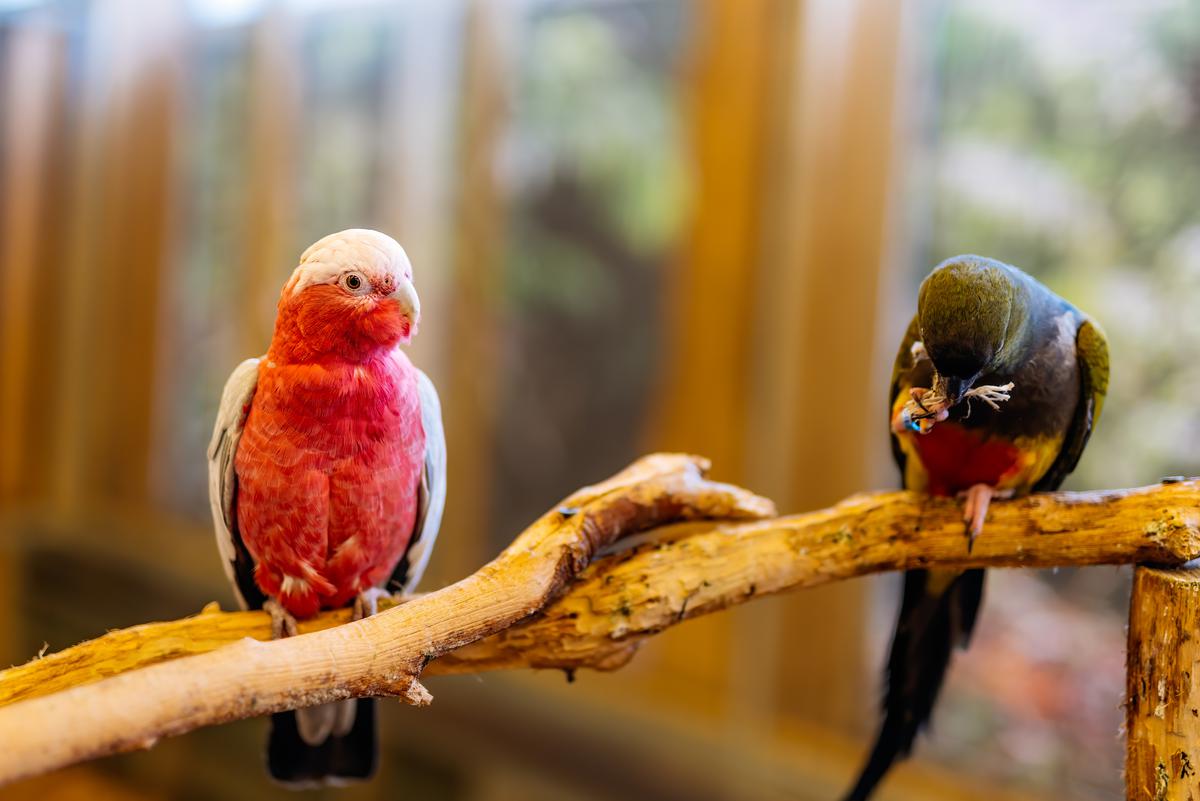


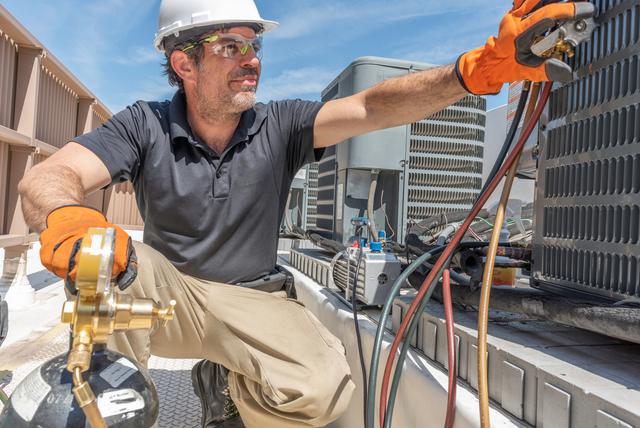

comments